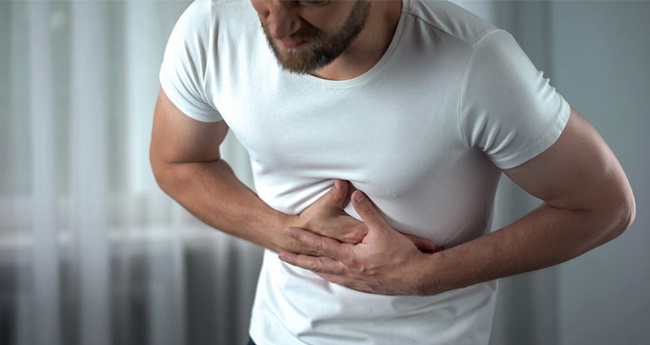GALLBLADDER ATTACK SYMPTOMS – Below is a list of the signs that you should not ignore as they may be prompting a gallbladder attack.
A gallbladder attack can cause pain and chills but not everyone is able to detect it right away as they are unaware of its symptoms. It is important to know its causes, signs, and what you need to do if it happens.
Gallbladder Attack: Causes, Symptoms, and What To Do
Causes and symptoms of a Gallbladder attack and what to do if you are having an attack.
GALLBLADDER ATTACK – Here are the things to note such as causes and symptoms of a gallbladder attack and what you need to do if you have it.
A storage pouch for bile is called the gallbladder to which this liquid aids digestion. It is the liver that produces the bile. It helps break down fat during digestion and made up of substances like cholesterol, bile salts, and water.

Gallbladder attack usually comes in sharp pain like it was cut by a knife. The pain can be located under the rib cage in the upper right side or center of the abdomen that you cnan even mistake this as a heart attack. Severe pain can actually tak your breath away.
Check out other symptoms below as per Johns Hopkins:
- several hours of pain
- abdominal pain after eating
- nausea or vomiting
- fever
- chills
- light-colored stool
- brownish-colored urine
- yellowing of skin or whites of eyes
While the attack can last for hours, there’s nothing you can do to stop it. It will just eventually subside once the gallstone is passed. One best way to prevent this from happening is reducing your fatty food intake and doing diets that can help lower your high cholesterol levels.
However, pain in the upper right side of your abdomen can also have other causes such as the following based on an article from Healthline:
- heartburn (GERD)
- appendicitis
- hepatitis (liver inflammation)
- peptic (stomach) ulcer
- pneumonia
- hiatal hernia
- kidney infection
- kidney stones
- liver abscess
- pancreatitis (pancreas inflammation)
- shingles infection
- severe constipation
There are several risk factors to this that include obesity, eating a high-fat or high-cholesterol diet, diabetes, a family history of gallstones, old age (60 and up), and gender (if you’re a woman).
READ ALSO:
- Healthy Foods With Healthy Carbs Which You Must Eat
- Health Tips: Itchy Down There? Here Are Some Causes and Treatment
What can you say about this? Let us know!

